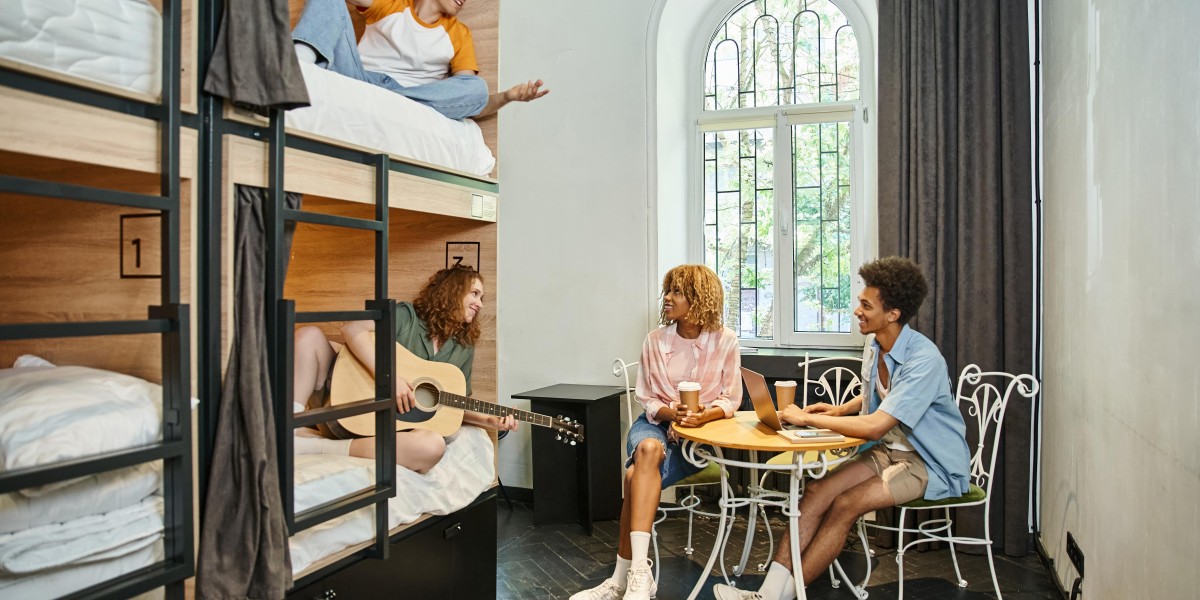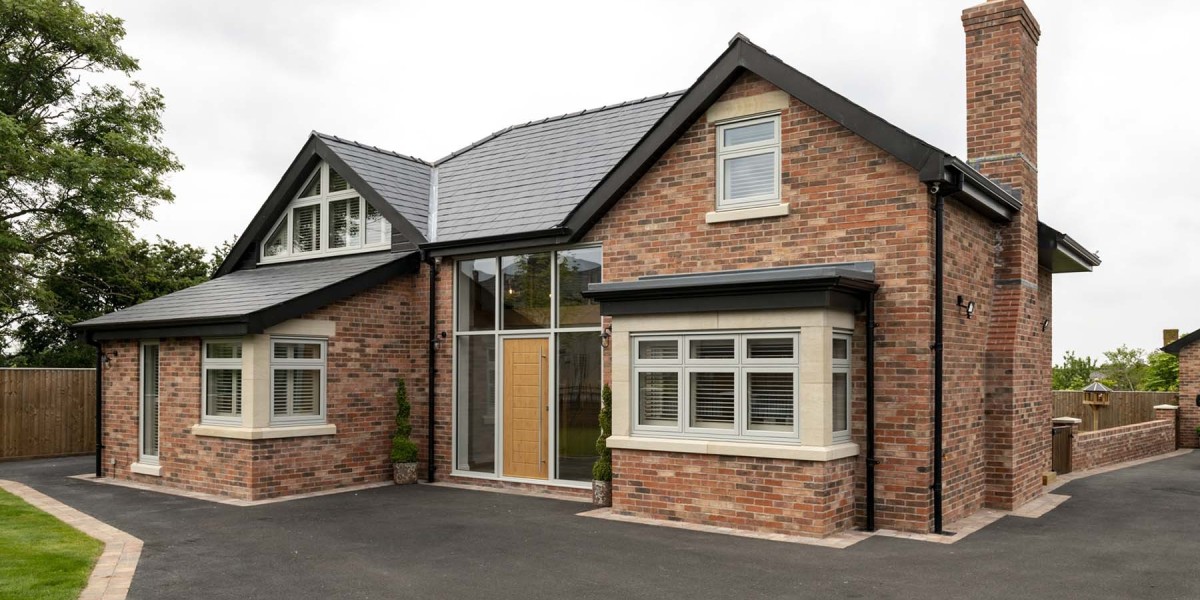The Ultimate Guide to Kids Bunk Beds: Maximizing Space and Fun
With the increase of vertical living and smaller sized areas, the appeal of bunk beds has soared among households. Bunk beds not just offer a practical sleeping solution, particularly in shared rooms, however they likewise bring an element of enjoyable into a child's life. This comprehensive guide looks into the features, benefits, and factors to consider of kids' bunk beds, making it easier for parents to select the best bed for their children.
Functions of Kids Bunk Beds
Bunk beds are versatile pieces of furniture that serve more than a single function. Here are some essential features to consider:
| Feature | Description |
|---|---|
| Product | Bunk beds can be constructed from wood, metal, or a combination of both, providing varying levels of toughness and design choices. |
| Security Features | Most bunk beds come geared up with guardrails, safe ladders, and capped supports for security, particularly crucial for children. |
| Design Variety | Options vary from traditional designs to modern styles, guaranteeing a match for any room design. |
| Space-Efficiency | Bunk beds utilize vertical space, making them perfect for smaller sized rooms. |
| Convertible Options | Some designs can be converted into 2 different beds, providing flexibility as kids grow. |
| Storage Solutions | Some bunk beds feature built-in storage drawers or shelves, helping to keep the space arranged. |
Advantages of Kids Bunk Beds
Investing in a bunk bed comes with a number of advantages:
- Space Saving: Bunk Bed Cheap beds optimize flooring space, permitting more play area or storage solutions.
- Fun Factor: With a bunk bed, kids have a location that fosters imagination and companionship throughout slumber parties or playdates.
- Economical: Instead of purchasing two different beds, a bunk bed can accommodate two children at as soon as, saving money in the long run.
- Versatility: Many bunk beds can be disassembled or converted into twin beds, making them a long-lasting investment as kids's requirements change.
- Social Interaction: Bunk beds encourage family bonding and friendships, supplying a welcoming space for children to share stories and laughter.
Factors to consider When Choosing a Kids Bunk Bed
When selecting the perfect bunk bed for a kid, parents ought to consider different factors:
- Safety Standards: Ensure that the bunk bed complies with safety policies and comes with essential security features.
- Age Appropriateness: Different designs cater to different age. For example, conventional bunk beds might not appropriate for younger children.
- Room Dimensions: Measure the bed room to ensure the bunk bed fits properly, allowing for space to move around conveniently.
- Weight Capacity: Consider the weight load of each bed and guarantee it accommodates the child's weight comfortably.
- Design Preferences: Letting kids get involved in the choice procedure can assist them feel more thrilled about their new bed.
Types of Kids Bunk Beds
Bunk beds come in different designs and configurations to fit numerous requirements:
| Type | Description |
|---|---|
| Standard Bunk Bed | A traditional style with one bed stacked on top of another, usually utilizing a ladder to access the leading bunk. |
| L-Shaped Bunk Bed | Features 2 bunk beds connected in an L-shape, frequently more spacious and appropriate for kids sharing a room but requiring a bit more space. |
| Triple Bunk Bed | Comprises three stacked beds, perfect for taking full advantage of sleeping arrangements in really minimal areas. |
| Loft Bed | A raised bed with space beneath that can work as a backyard, study corner, or additional storage. |
| Futon Bunk Bed | Integrates a bunk bed on leading with a futon or couch below, making it great for slumber parties and optimizing space usage. |
| Convertible Bunk Bed | Can be separated into two specific beds, providing flexibility as kids's needs change. |
Caring for Kids Bunk Beds
Keeping bunk beds is vital for ensuring longevity and safety. Here are some basic care practices:
- Regular Inspections: Check the bed regularly for loose screws and tightened bolts to guarantee stability.
- Tidiness: Keep bed linen tidy and fresh, rotating mattresses for even use.
- Guardrails: Ensure guardrails are safe and in location, especially if kids tend to move a lot in their sleep.
- Air Circulation: Ensure the bed has sufficient air flow, avoiding wetness accumulation that can lead to mold or mildew.
Frequently Asked Questions About Kids Bunk Beds
Q1: At what age can a child securely utilize a bunk bed?
A1: Generally, kids aged six and older are considered safe to use the upper bunk due to the height and stability factors included.
Q2: Can I position a bunk bed near a window?
A2: It is suggested to prevent placing a bunk bed near windows to minimize the danger of falling or injuries.
Q3: Are bunk beds safe for more youthful kids?
A3: While some modern-day bunk beds include security features accommodating younger kids, it is generally advised to wait till they are older, generally over 6 years.
Q4: What is the common weight limitation for top bunks?
A4: Weight limitations differ by design but usually vary from 150 to 250 pounds. Always describe the producer's specs.
Q5: How typically should I check the bunk bed's security functions?
A5: It is advisable to conduct a security check every couple of months or whenever you discover any signs of wear.
Kids' bunk beds serve as a strategic service for households wanting to maximize space while offering a fun and appealing sleeping environment for their children. With a variety of alternatives available-- from standard styles to loft beds-- parents have the liberty to choose something that fulfills their household's particular needs. By thinking about essential elements such as safety, room suitability, and their children's preferences, parents can make an informed choice, guaranteeing that each kid is thrilled about bedtime while taking advantage of an efficient space.









